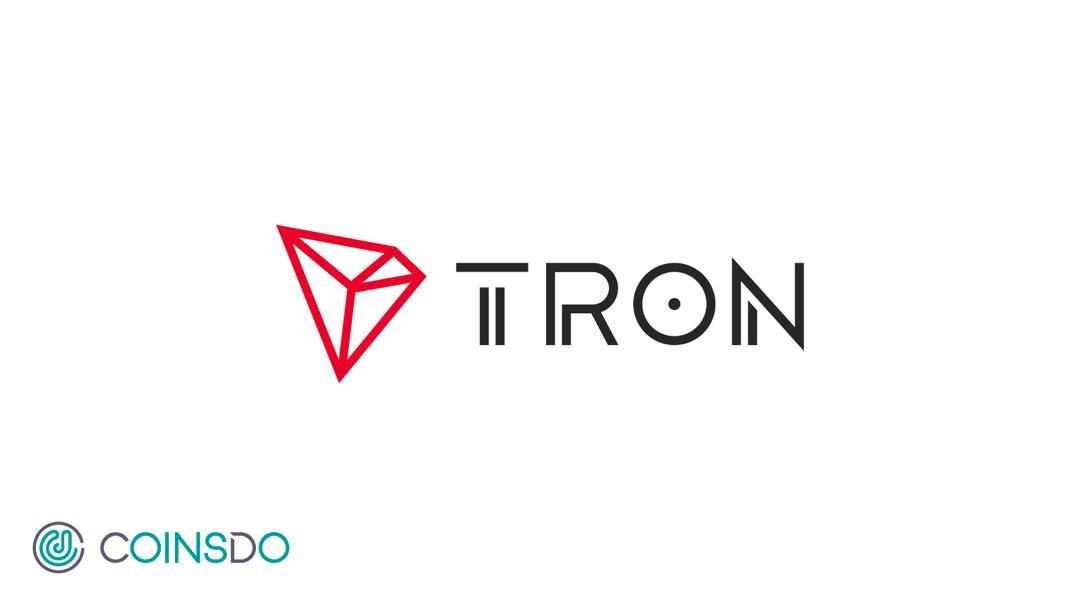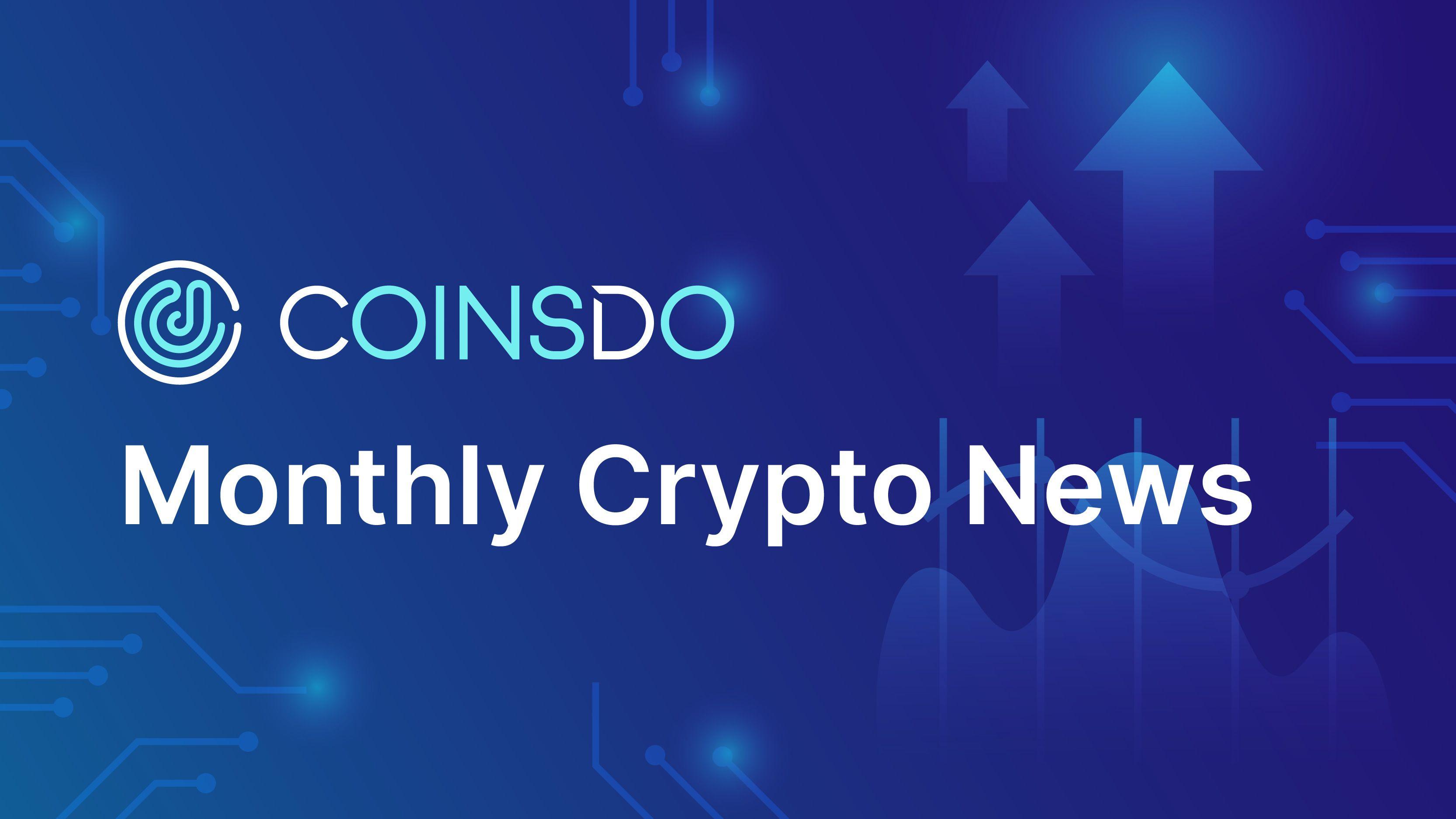
13 min read
What is Tron (TRX)
Cryptocurrencies have revolutionized the financial world, offering innovative ways to handle transactions, data, and digital ownership. Among them, Tron (TRX) stands out for its ambitious goal of decentralizing the internet. Unlike traditional internet models controlled by centralized entities, Tron envisions a blockchain-powered web where users own their data, creators monetize content directly, and transactions occur without intermediaries.
By leveraging high-speed, low-cost transactions, Tron has established itself as a key player in decentralized finance (DeFi), entertainment, gaming, and digital content sharing. But how did Tron evolve, and what makes its technology unique? Let’s explore its history, architecture, real-world applications, and investment potential.
History of Tron (TRX)
Tron (TRX) has rapidly evolved since its inception, transitioning from a blockchain project focused on digital content distribution to a significant player in decentralized finance (DeFi), entertainment, and gaming. Below is a detailed timeline of its key milestones and developments.
2017: The Birth of Tron
Tron was established by Justin Sun, a former Ripple representative in China and the founder of Peiwo, a popular voice-based social media app in 2017. Tron conducted an ICO, raising $70 million before China banned ICOs.
Before launching its own blockchain, TRX initially operated as an ERC-20 token on Ethereum.
2018: Independence and BitTorrent Acquisition
In June 2018, Tron migrated from Ethereum and launched its own mainnet, marking the beginning of its fully independent blockchain. ERC-20 TRX tokens were swapped for native TRX tokens on the new blockchain.
Tron also acquired BitTorrent, the world’s largest decentralized file-sharing service, for $140 million, integrating it into its ecosystem. This acquisition paved the way for the launch of BitTorrent Token (BTT).
2019: Expansion and Sidechain Scaling
Tron introduced BitTorrent Speed, which rewards users with BTT for seeding torrents.
Tron also launched the Sun Network, a sidechain solution designed to improve scalability, reduce fees, and enhance DApp development.
2020: Entering DeFi and Stablecoins
Tron launched JUST, a decentralized finance (DeFi) platform similar to MakerDAO, allowing users to mint USDJ stablecoins by staking TRX.
Tron also integrated Tether (USDT-TRC20), becoming the second-largest network (after Ethereum) to support Tether (USDT), processing billions in daily transactions.
2021: NFT Boom and Ecosystem Growth
Tron introduced TRC-721, its own non-fungible token (NFT) standard, enabling NFT minting and trading.
2022: The Tron DAO and Algorithmic Stablecoin
Justin Sun stepped down as CEO, transitioning Tron into a decentralized autonomous organization (DAO) to emphasize community governance.
Tron also introduced USDD, an algorithmic stablecoin similar to Terra’s UST. However, after the Terra Luna crash, USDD struggled to maintain its peg.
Tron's Technology
Tron is built on a high-performance blockchain architecture designed for scalability, decentralization, and usability. It supports smart contracts, decentralized applications (DApps), and digital content distribution with a focus on high throughput and low fees. The network's design consists of multiple layers and key technologies that enable its functionality.
Three-Layer Architecture
Tron’s blockchain is divided into three layers, each responsible for different functions:
1. Storage Layer
The storage layer is responsible for data management, ensuring efficient and secure storage of information across the network. It includes:
- Blockchain Storage: Stores all blockchain transaction data, blocks, and state information.
- State Storage: Keeps account balances, smart contract states, and user data.
- Graph Database: Optimizes search and retrieval speed for DApps, making transactions faster.
2. Core Layer
The core layer handles consensus, smart contracts, and account management. It includes:
- Virtual Machine (TVM - Tron Virtual Machine):
- Consensus Mechanism (DPoS - Delegated Proof of Stake):
3. Application Layer
The application layer enables developers to create and deploy decentralized applications (DApps) and interact with smart contracts.
- Supports DApps in gaming, DeFi, entertainment, and social media.
- APIs for developers to integrate Tron with existing services.
Key Features of Tron's Technology
1. Smart Contracts (TRC-20 & TRC-721 Tokens)
- Supports TRC-20 tokens, similar to ERC-20, for DeFi applications.
- Introduced TRC-721, Tron's NFT standard, allowing users to mint and trade non-fungible tokens (NFTs).
- Uses Solidity, making it easy for Ethereum developers to transition to Tron.
2. High Throughput and Scalability
- Tron's blockchain is designed for high throughput, meaning it can handle a large number of transactions per second (TPS).
- Currently, Tron boasts a TPS of around 2,000, significantly higher than Bitcoin’s 6-8 TPS and Ethereum’s 12-15 TPS.
- Sidechains (Sun Network) improve scalability by allowing transactions and smart contract execution to happen off-chain before being settled on the main Tron blockchain.
3. Delegated Proof of Stake (DPoS) Consensus Mechanism
- Instead of traditional mining, 27 Super Representatives (SRs) validate transactions.
- TRX holders vote for SRs, influencing governance and earning rewards.
- DPoS makes Tron faster, energy-efficient, and more decentralized than PoW blockchains like Bitcoin.
4. Bandwidth, Energy, and Resource Management
- Users stake TRX to obtain bandwidth (for transactions) and energy (for running smart contracts), reducing the need for transaction fees.
- Unlike Ethereum, many transactions on Tron are free if users have enough bandwidth points.
5. Cross-Chain Compatibility
- BitTorrent Chain (BTTC) enables cross-chain functionality, allowing tokens and DApps to interact across Ethereum, Binance Smart Chain, and Tron.
- Ethereum Virtual Machine (EVM) Compatibility allows easy migration of Ethereum-based applications to Tron
How Tron Works
Tron operates on a Delegated Proof of Stake (DPoS) consensus mechanism, enabling high-speed, low-cost transactions while maintaining network security and decentralization. Unlike traditional Proof of Work (PoW) systems like Bitcoin, Tron relies on a community-driven governance model where TRX holders vote for validators known as Super Representatives (SRs).
Delegated Proof of Stake (DPoS) Mechanism
- The Tron network is secured by 27 Super Representatives (SRs) who validate transactions and produce new blocks.
- Every six hours, TRX holders can vote for their preferred SRs, influencing governance and network security.
- SRs receive TRX rewards for validating transactions, which they can share with voters as incentives.
- Compared to Ethereum’s Proof of Stake (PoS), Tron’s DPoS system is faster and more efficient, but critics argue that having only 27 SRs makes it more centralized than Ethereum’s thousands of validators.
Bandwidth and Energy: The Resource System
Tron eliminates traditional gas fees by introducing a unique resource model where users stake TRX to acquire Bandwidth and Energy, which allow them to perform transactions for free.
- Bandwidth: Required for standard transactions (e.g., sending TRX, interacting with DApps).
- Energy: Required for smart contract execution (e.g., interacting with DeFi platforms).
- Users can freeze TRX (i.e., stake it) to gain these resources instead of paying transaction fees.
This model allows frequent users and developers to interact with the network without incurring ongoing costs, making Tron one of the most cost-effective blockchains available.
TRX: The Heart of the Tron Network
TRX (Tronix) is the native token that powers the Tron ecosystem. It serves multiple purposes within the network, from transactions and governance to staking and decentralized applications.
1. Medium of Exchange
TRX is used for:
- Peer-to-peer transactions on the Tron blockchain.
- Payments for DApps (gaming, streaming, and more).
- Purchasing NFTs via TRC-721 tokens.
With low transaction fees and fast processing times, TRX is ideal for microtransactions, making it a preferred option for gaming and digital content services.
2. Staking & Governance
TRX holders can stake their tokens to:
- Earn passive income by receiving rewards from Super Representatives.
- Participate in governance by voting for SRs, influencing the network’s direction.
- Boost network security, ensuring decentralization and stability.
Staking TRX is a key feature of the ecosystem, allowing users to earn rewards while supporting the network.
3. Resource Acquisition
Users freeze TRX to obtain Bandwidth and Energy, reducing transaction costs:
- More staked TRX = More free transactions.
- DApp developers stake TRX to cover operational costs instead of charging users.
This system makes interacting with Tron-based applications nearly free, increasing adoption among developers and users.
4. Investment Opportunities
TRX is a widely traded asset on major exchanges like Binance, Coinbase, and Kraken, offering multiple investment opportunities:
- Holding & staking for passive income.
- Trading TRX against fiat or other cryptocurrencies.
- Participating in Tron-based DeFi projects like JUST, which offer lending and yield farming opportunities.
With high liquidity and growing adoption, TRX remains an attractive investment option.
Real-World Applications of Tron
Tron’s high-speed and low-cost blockchain makes it a practical choice for multiple industries, from entertainment and gaming to DeFi and social media.
1. Entertainment
Tron is heavily integrated into the entertainment sector, providing decentralized content distribution through platforms like:
- BitTorrent: The world’s largest decentralized file-sharing network, acquired by Tron in 2018. Users earn BTT tokens for seeding torrents.
- TRON TV & Video Platforms: Content creators can monetize their work without middlemen.
- Audio Streaming: Decentralized music platforms allow artists to receive direct payments in TRX.
2. Gaming
Tron’s blockchain is a popular choice for blockchain-based games, thanks to:
- Fast transactions and low fees, essential for gaming microtransactions.
- TRX and TRC-20 token integration for in-game purchases and rewards.
- NFT gaming is powered by TRC-721 tokens, allowing players to trade digital assets.
- Examples: WINk (a Tron-based casino), TronGameCenter, and blockchain RPGs.
3. Decentralized Finance (DeFi)
Tron has become a major player in DeFi, hosting multiple projects that offer:
- Lending & Borrowing: JUST (JST) allows users to lend and borrow stablecoins.
- Yield Farming: Users stake TRX to earn rewards in governance tokens like SUN.
- Decentralized Exchanges (DEXs): JustSwap, Tron's answer to Uniswap, enables fast, low-cost token swaps.
Tron’s DeFi ecosystem continues to grow, offering cheaper alternatives to Ethereum-based DeFi platforms.
TRX is now Supported on CoinsDo
CoinsDo is excited to announce that it now supports transactions on Tron and the related TRX token. This new integration means that CoinGet and CoinSend can now efficiently manage these assets, providing users with a seamless and secure digital asset management experience.
If you're in the market for a reliable, secure, and cost-effective digital asset management system, reach out to us to learn how CoinsDo can empower your business.


